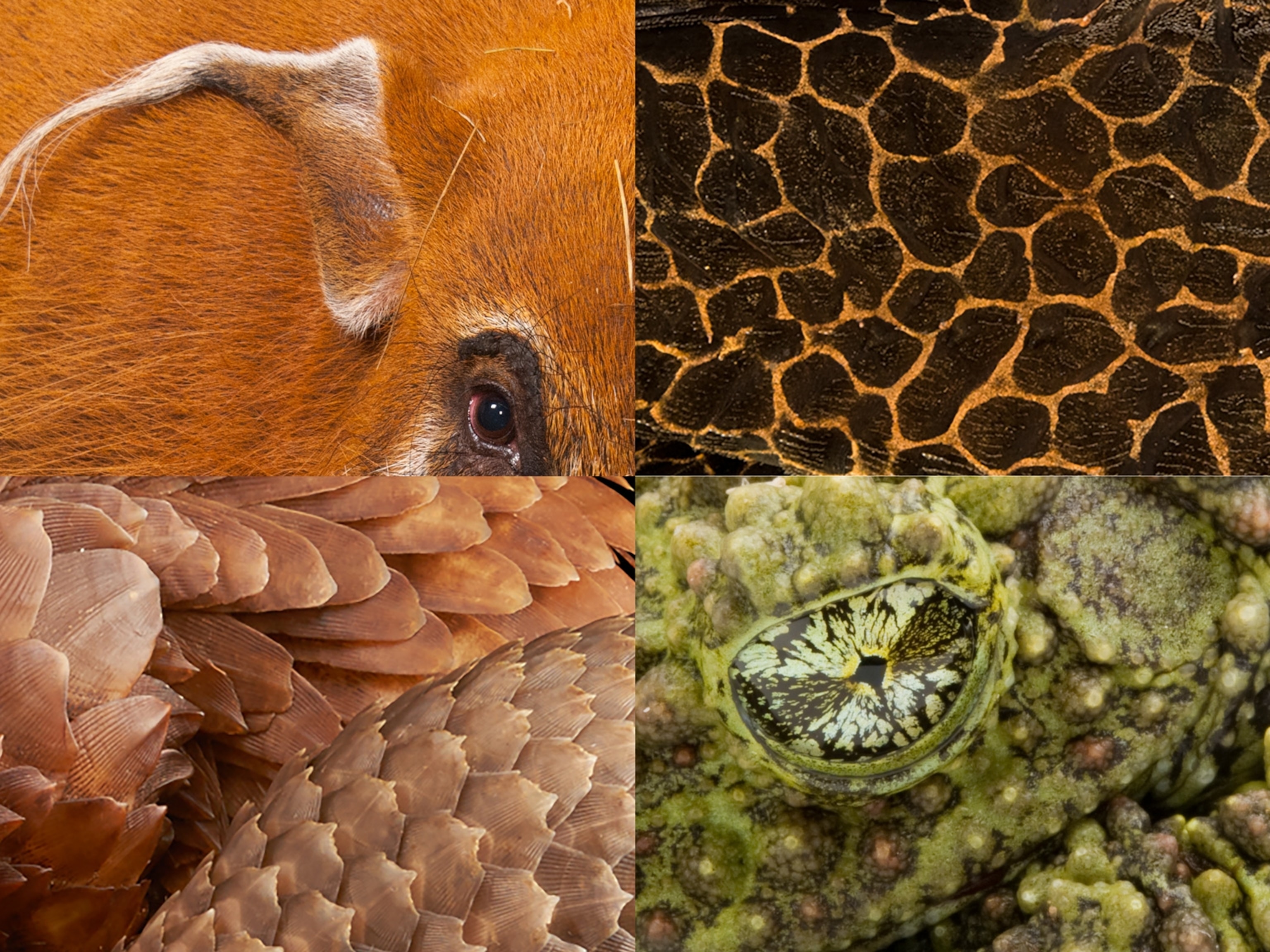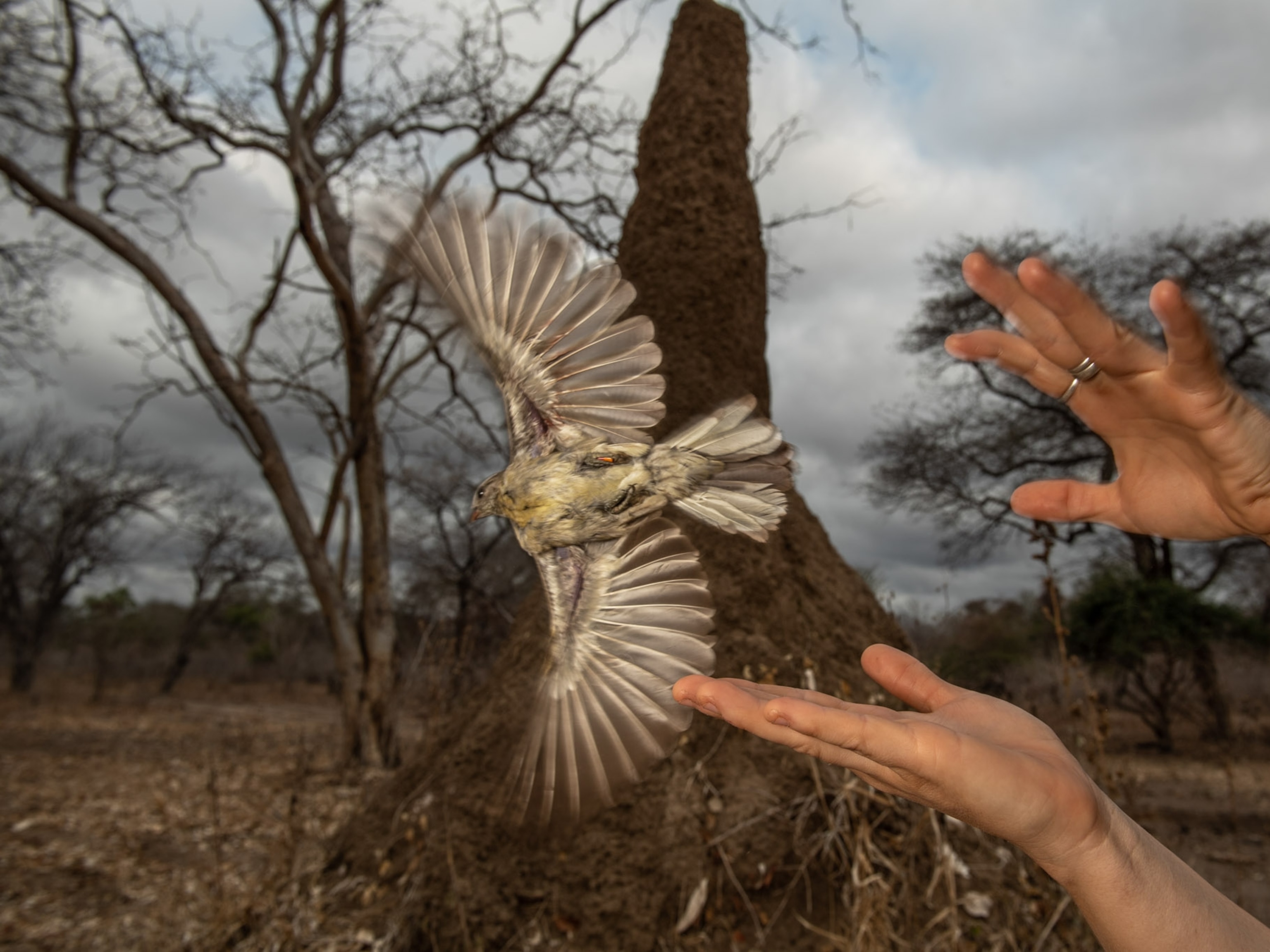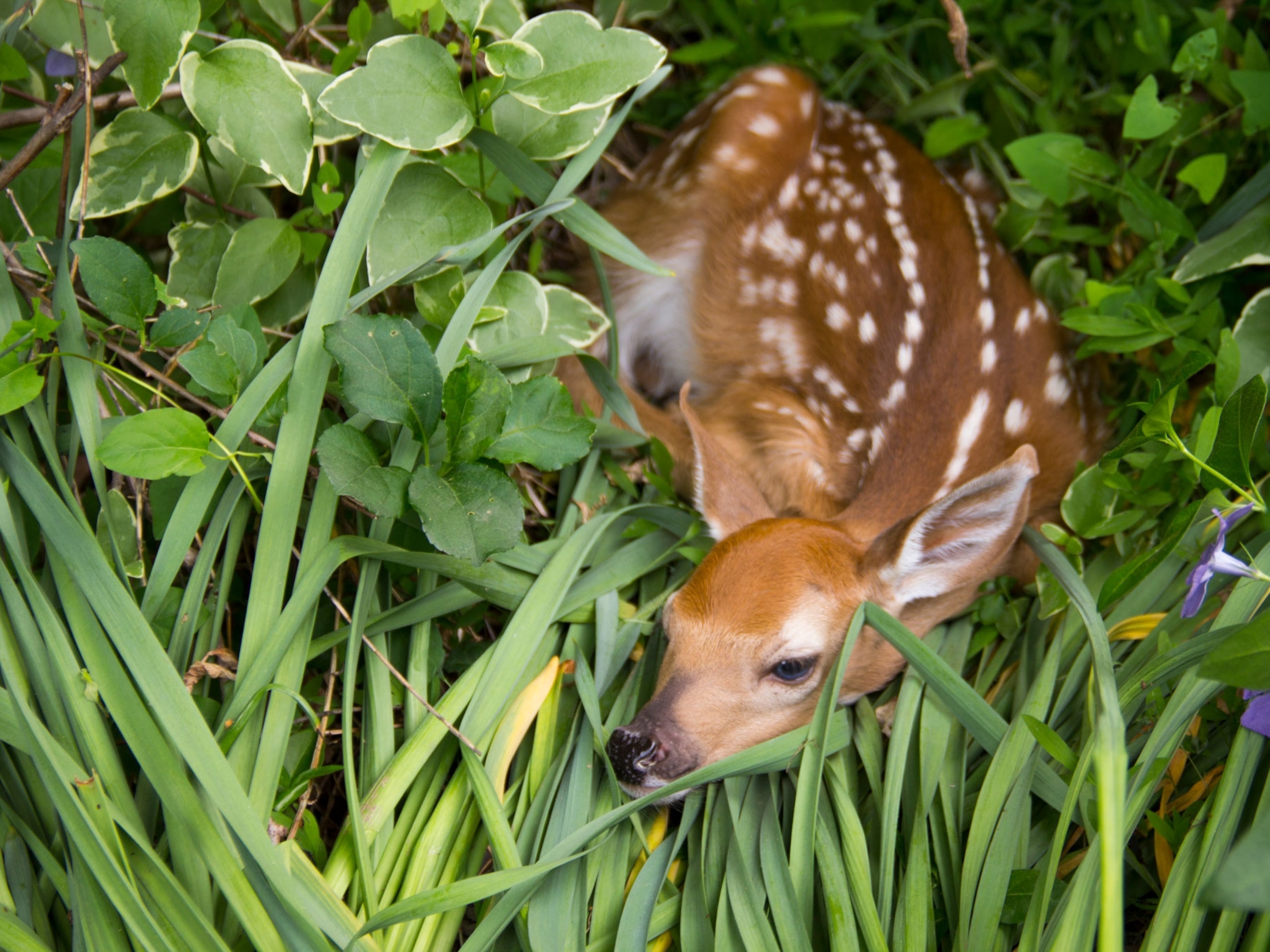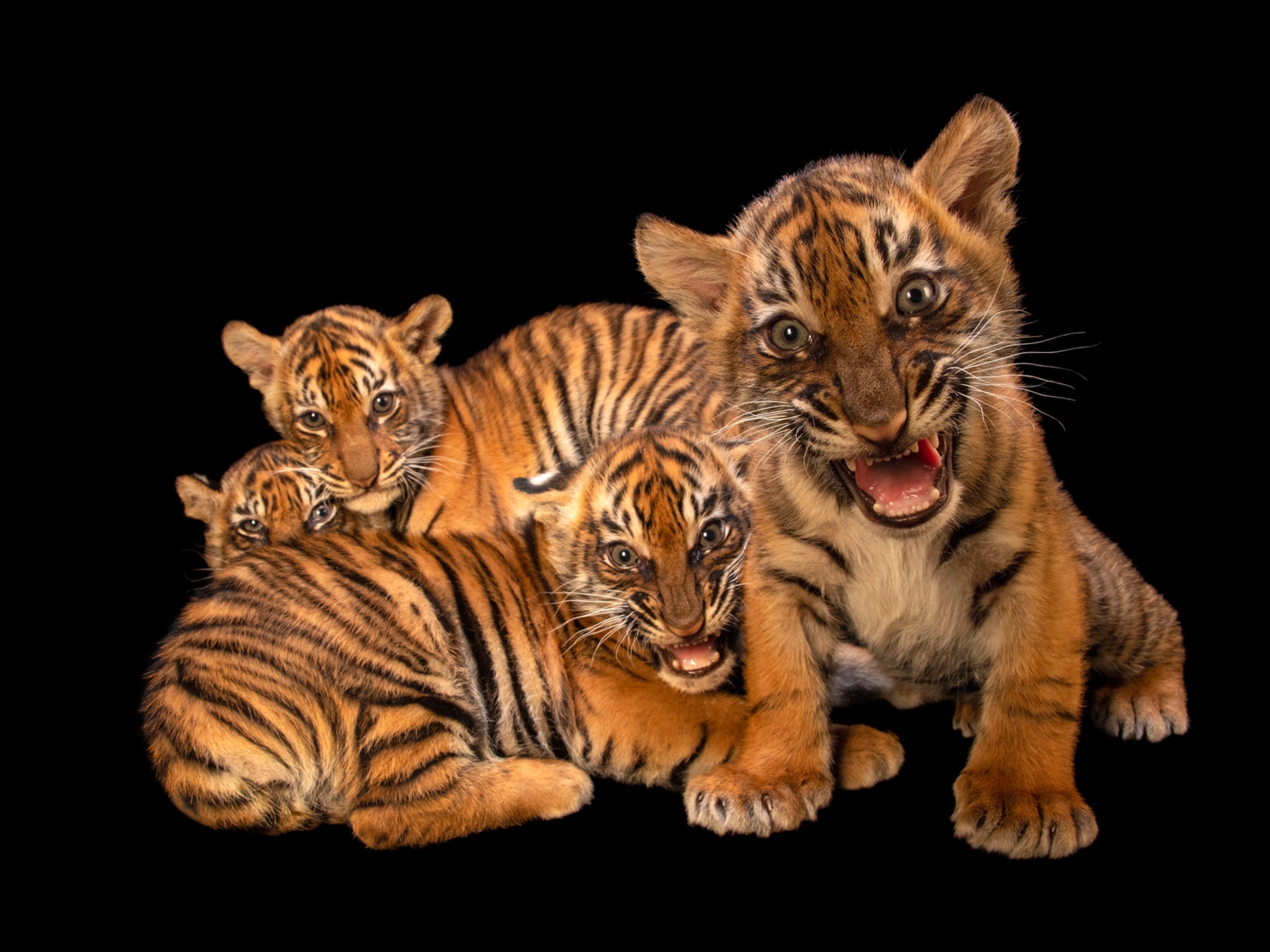
Wisdom the Albatross and Other Shockingly Old Moms
From killer whales to sea turtles, many animal mothers have kids well into their elder years.
If growing old brings wisdom, the famous albatross of the Midway Atoll is well named.
At the staggering age of 64, Wisdom is the world’s oldest known wild bird—and seemingly one of the friskiest.
Last month, the venerable female was seen sitting on an egg at her longtime nesting site at the U.S. Midway Atoll National Wildlife Refuge, having already hatched as many as 36 chicks, according to a long-time research project by the U.S. Fish and Wildlife Service. (Related: "Oldest Known Wild Bird Hatches Chick at 62 [2013].")
If Wisdom is indeed 64, her fecundity is “amazing,” says animal-population modeler Deborah Pardo of the British Antarctic Survey.
But Wisdom is not the only animal about to become a mother again in her golden years.
As zoo specimens grow older and surveys of wild populations stretch into the decades, researchers have learned that a wide range of creatures can reproduce at an eye-popping age. (See National Geographic's pictures of animal mothers and babies.)
Senior-citizen mothers tend to be large animals. Hefty harbor seals, for example, can survive—and deliver newborns—into their 40s. That makes sense, because long life and big size often go together, Pardo says, and few animals go through menopause.
Also more likely to breed into their dotage are social animals such as naked mole rats, which can bear pups into their late 20s. Ordinary rats, by contrast, quit turning out litters at around 20 months.
Here’s a list of more Methuselah mums that refused to retire the maternity garb.
An elephant in Myanmar named Chit Sa Yar was estimated to be nearly 65 when she gave birth in 1986, according to records kept by the Myanmar government. Another Burmese elephant, Thaung Moe Htay, was roughly 63 when she had a calf in 2011, says University of Turku biologist Mirkka Lahdenpera, who analyzed Myanmar’s database of elephants employed in the timber industry.

The oldest confirmed Asian elephant mother was 54 when her infant was born in 2010.
African elephants are also known to have babies into their 60s, Lahdenpera adds.
Keepers at the Sunset Zoo in Manhattan, Kansas, decided a chimpanzee named Susie was too old to need birth control.
Shortly after the chimp’s contraception was cut off, a keeper noticed a hard lump in the ape’s belly: Susie was expecting. She delivered a healthy baby in 2010, when she was roughly 56.
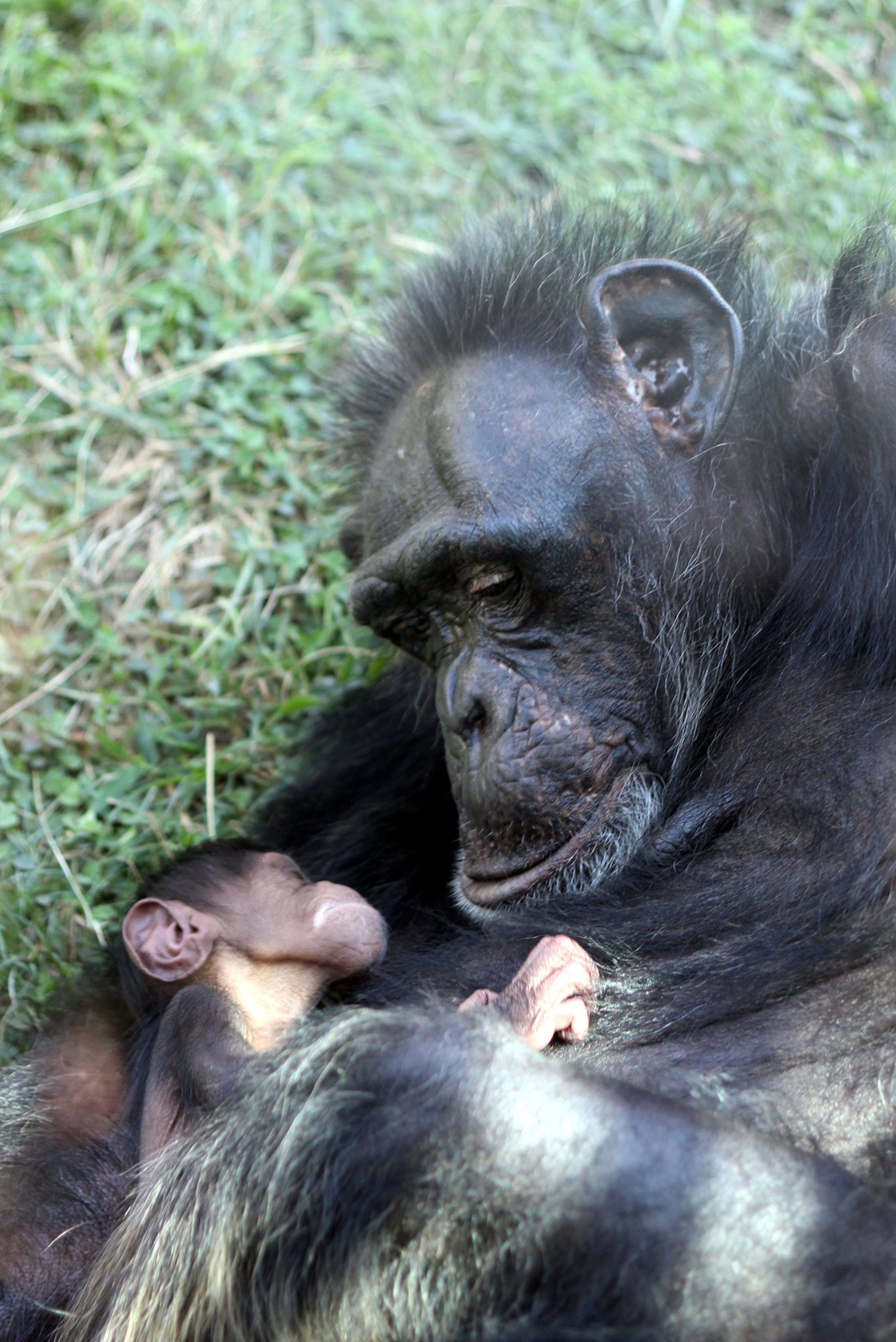
Her milk supply lagged, so daughter Siri was paired with a surrogate mother at an Oklahoma zoo and is now thriving.
Susie herself turns 62 next year, says the zoo’s Ella Casey. Most wild female chimps quit the baby-making business in their 40s, if not earlier.
Flatback Turtle
A park ranger’s talk in Queensland, Australia, was overshadowed last month by a spectacular intruder: a sea turtle laying her eggs.
When turtle expert Colin Limpus investigated, he discovered the mother-to-be was flatback turtle number X23103, the longest-studied marine turtle in the wild.
First recorded in 1976, she is now roughly 60 years old, says Limpus, chief scientist of Queensland’s threatened species unit. (See "These Long-Suffering Animal Mothers Deserve a Day Too.")
She laid 61 eggs in November, “well above average for flatbacks. … A good Aussie breeder!” he says via email.
No one knows how long flatbacks live, but if they’re like other sea turtles, they need decades to grow from hatchling into breeding adult.
Female orcas in their 40s usually content themselves with the role of wise old matriarch.
But an orca that frequents the waters north of Seattle had other ambitions. In late 2014, a newborn calf was spotted trailing an orca nicknamed Slick. Observers figured the baby was Slick’s grandchild. (See pictures of a mother's love.)
Then Slick’s grown daughter turned up with an infant of her own, making clear that the other baby was Slick’s daughter, says Deborah Giles of the Center for Whale Research.
At an estimated age of 43, Slick is possibly the oldest known orca mother and certainly the oldest in her population, which is the best-studied in the world, Giles said.
With life spans of over 150, Galápagos tortoises tend to maintain a leisurely pace.
The female tortoise known as T3, a resident of Australia’s Taronga Western Plains Zoo, certainly embraced motherhood in her own sweet time. (Also see "Galápagos Tortoises: Slow and Steady Migrators.")
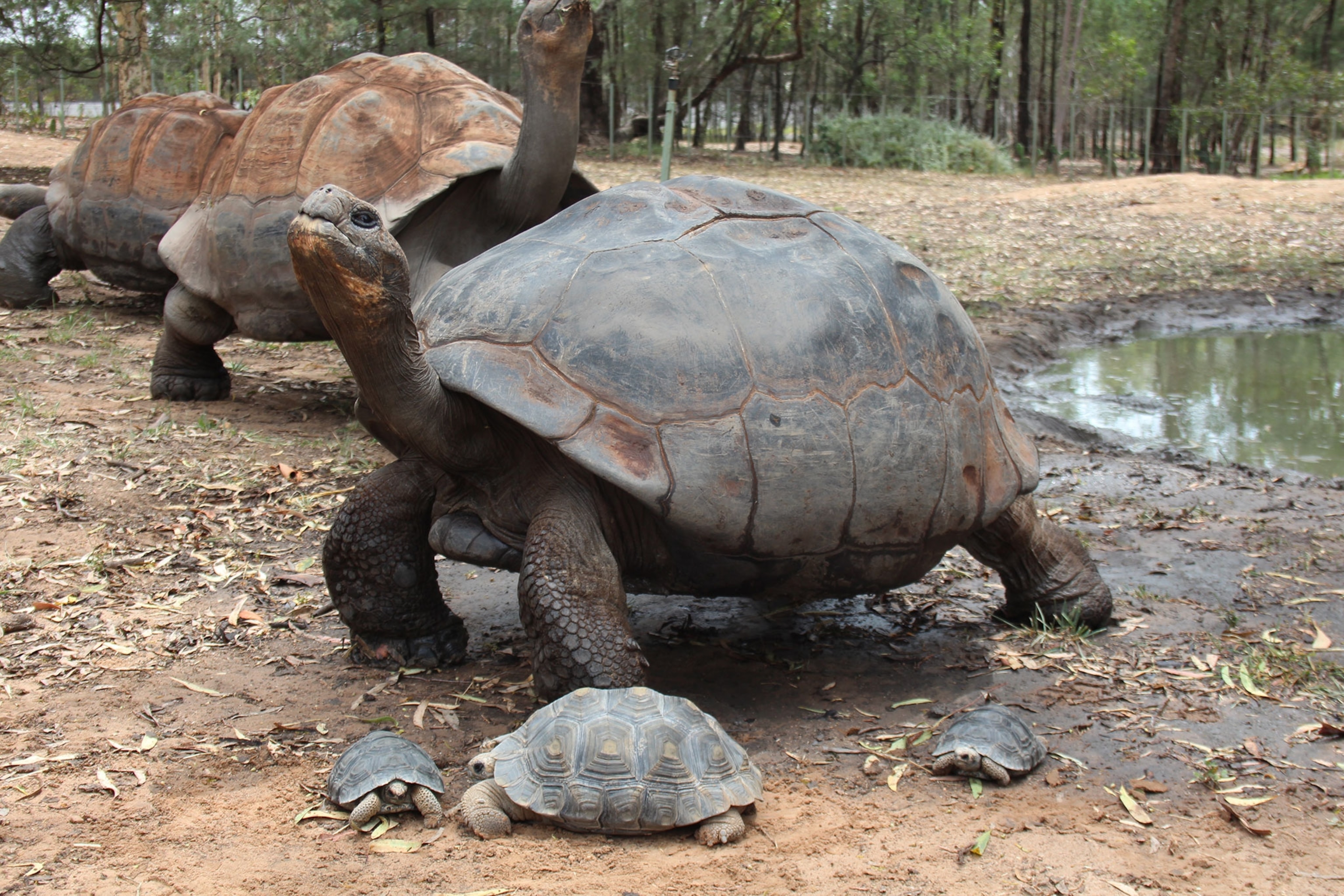
Her first baby, named NJ, hatched in 2011, when T3 was roughly 90 and her mate was in his late 40s.
Two more offspring, Turbo and Pana, hatched in 2014, when their mother was 94. Wild Galápagos tortoises should be able to lay eggs at age 100 and up, says James Gibbs, a conservation biologist at the State University of New York.
“I have just seen some very old females with the bone showing through their shells nesting,” Gibbs says via email.
True to form, the tortoises did not divulge their ages.
Follow Traci Watson on Twitter.

